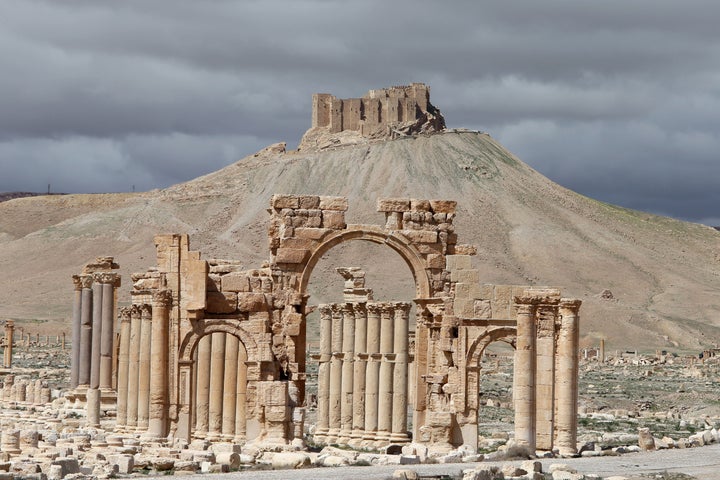
WASHINGTON -- Syria lost one of its iconic ancient treasures Sunday, when ISIS blew up the 1,800-year-old Arch of Triumph in Palmyra. The incident drew attention to another destructive consequence of crises in ancient areas, in which well-preserved ruins and artifacts fall victim to modern-day warfare.
But that program is out of step with the United Nations Educational, Scientific and Cultural Organization's stance on buying artifacts from smugglers, which it likens to the U.S. stance on paying ransoms.
"The position of not just UNESCO but the international museum community is that we don't buy back looted objects because it encourages looting. Simple. Full stop," Stuart Gibson, director of the UNESCO Sulaymaniyah Museum Project -- an effort to assist the Kurdish government in running the museum -- told CNN in 2011.
The Kurdish council of minsters, however, was not held to the same standards when they controversially decided to regain these goods by any means necessary.
"The Kurdish authorities took a very difficult and I must admit a very courageous position and they said we are going to buy these objects," Gibson added.
The looting and smuggling of ancient artifacts is so common because it is so lucrative. Looters ravaged The Iraq Museum in Baghdad in April 2003, taking about 15,000 items -- only a fraction of which have been recovered, according to the museum's website. Now, the Islamic State has jumped on board.
After U.S.-led airstrikes targeted and debilitated most of the Islamic State's oil revenue, the group turned to selling rather than destroying some of the artifacts around it, Bloomberg Business reported in June. Just one vase can go for as much as $250,000, according to Bloomberg.
Iraq and Syria together have 10 of the 802 cultural properties on the UNESCO World Heritage site list. And within these properties revelatory artifacts much like "The Epic of Gilgamesh" tablet could still be uncovered.
But when they fall into the hands of ideological fanatics, the possible promises of preservation are precarious at best.
Lawrence Wright, writing about the capture of Palmyra in the New Yorker in July, described how Islamic State commander Abu Laith al-Saudion told a local Syrian radio station they would not touch the city.
"Concerning the historical city, we will preserve it ... What we will do is pulverize the statues the miscreants used to pray to,"al-Saudion told the station, according to Wright. The Islamic State has since destroyed the Temple of Bel and the Temple of Baalshamin, both also in Palmyra.
In August, the group also beheaded the archeologist in charge of the site, Khaled Asaad.
